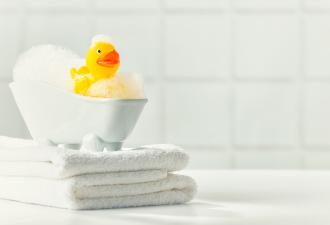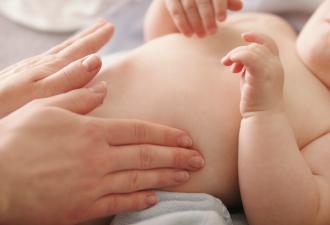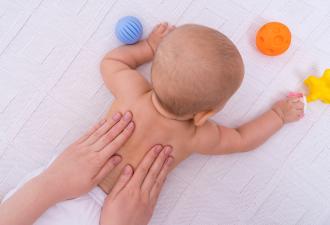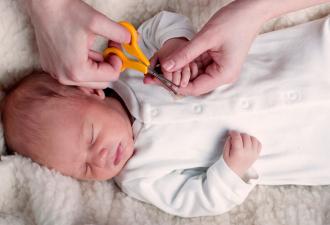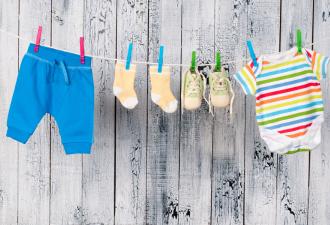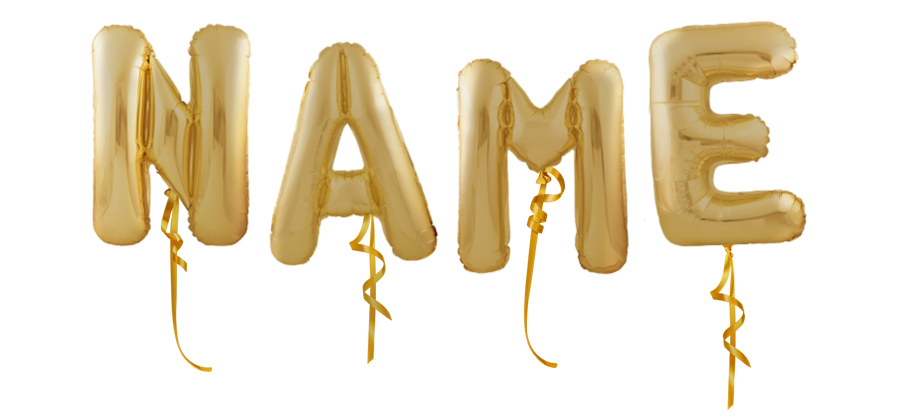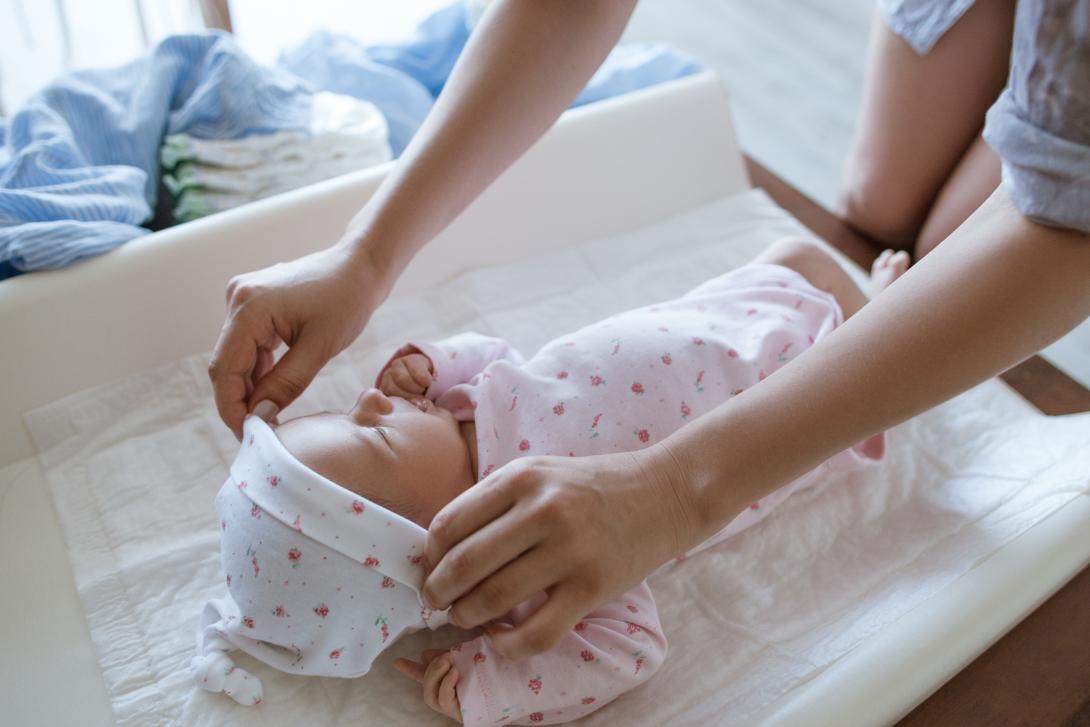
Toilet "rituals" for newborns
It is interesting to observe the way we handle the biological needs of our babies as new parents. How much anxiety the first weeks of their life harbor for us, when it comes to the number of diapers our babies need during the day. We are also interested in what color and shape their pee and poo had.
To start with, we provoke our newborns to burp after feeding them. We feel pleased, even proud, when their diapers are full at regular intervals, because this shows that their tiny winy intestine works properly. Soon however, it will be us, the parents, who will encourage our little ones to "behave properly", meaning to keep them from making "inappropriate" noises, tooting/breaking wind and burping sounds...This means that the baby has moved on to the next phase, from regulating bodily functions onto the socializing stage. Which means we are willing to gradually initiate our little ones who become toddlers to proper manners.
In the beginning of the baby’s life, new parents acquire a keen interest in the content of their infant’s diapers, as mentioned above. This is perfectly reasonable since they may learn a lot about the baby’s health in the process.
Newborns have very small bladders, therefore they urinate up to 20 times a day in the first few weeks of their lives. It is important for each parent to keep in mind that every newborn has its own distinctiveness which differs from one child to another, depending on its eating habits and diet, age and personal biological clock.
• PEE / FLUID WASTE
1st day of life.
Frequency: the baby should have at least one (1) diaper wet with urine.
Consistency: urine looks concentrated, yellow, with the possible presence of pink crystals.
2nd day of life.
Frequency: the baby should have at least two (2) diapers wet with urine. Consistency: urine looks concentrated, yellow, with the possible presence of pink crystals.
3rd day of life.
Frequency: at least three (3) wet diapers.
Consistency: urine looks more diluted than in the previous days and less likely to have pink crystals.
4th Day to 6th Weeks.
Frequency: at least six (6) heavily wet diapers per 24 hours.
Consistency: urine looks pale yellow, clear, with a slight odor. Without crystals.
After six weeks.
Frequency: at least five (5) heavily wet diapers per 24 hours. Some babies have a full morning diaper, while others -especially those who are not fed during the night- have their morning diaper full with concentrated urine.
Consistency: yellowish urine, clear, with a slight odor.
• POO / SOLID WASTE
During the first few days, your baby will expel meconium, a sticky green-black substance left over from the amniotic fluid. This substance was swallowed by your baby while being in the womb. The waste will change depending on the food the baby gets.
If the baby breastfeeds, the waste will look orange-yellow and soft and will not smell much. If it drinks baby formula, the waste will have a light brown color, will be harder and have a rather strong smell. Immediately after birth, you might encounter dark pink or red stains in your baby’s diaper. This is normal and results from urate found in the urine.
However, if you still feel worried about changes in frequency, color or content of your baby’s solid waste, do not hesitate to consult your pediatrician or even ask your family doctor to put your mind at ease. Solid waste which is colorless diluted or contains blood or mucus needs further examination.
With the generous contribution of the paediatrician Mrs. Eleni Kolokitha

